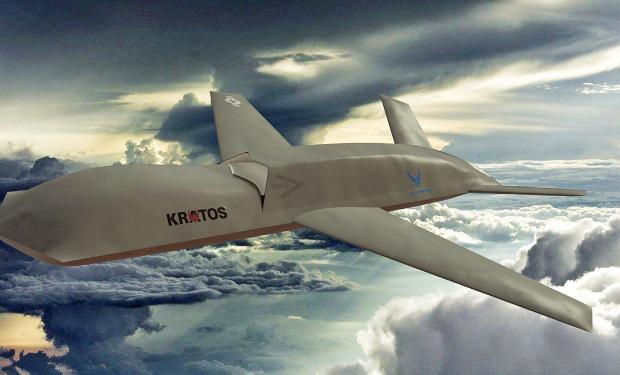Swarms of Attritable Drones to Increase Mission Effectiveness at Reduced Cost


As reported by Breakingdefense.com, the Air Force Research Laboratory and Kratos are developing the Off-Board Sensing System to deploy less expensive UAS in large numbers. When the U.S. Air Force Research Laboratory (AFRL) solicited proposals to demonstrate a low-cost attritable unmanned aircraft system (UAS) back in February, 2021, Kratos had already laid some of the groundwork for its competitive bid through earlier work on similar vehicles, much of it funded by the company.
Attritable aircraft are lower-cost vehicles that are semi-expendable: if 7 of 10 return from a sortie, the mission is considered successful. UAS designed for this purpose are much less expensive than legacy systems, are intended to be maintained in the field, and embody the latest miniaturized technology. Because these systems are deployed in swarms, they provide “distributed lethality in the case of weapons and distributed sensing in the case of sensor missions.” Plans are for future variants to be based on a common government-owned architecture. Swarms of these systems will provide fused data that is much more accurate than data from single legacy platforms. Kratos rendering of the U.S. Air Force Research Laboratory’s Off-Board Sensing Station low-cost attritable unmanned aircraft system, and the Kratos lineup of unmanned tactical systems and drones courtesy of Kratos.
Thanks to CDR David Place (USN/Ret), davidplace47[at]gmail[dot]com, and Robin E. Alexander, President ATC, alexander technical[at]gmail[dot]com, for their assistance with this report, the background for which appeared in their # 21 - 30 - 18 DECEMBER 2021 edition of the UNMANNED SYSTEMS NEWS (USN).
David distributes the USN, a free, comprehensive newsletter in PDF format every week or two, as well as serial news flashes, from which this NREF news update was sourced. To be included in his distribution, simply send a subscribe request to davidplace47[at]gmail[dot]com.
